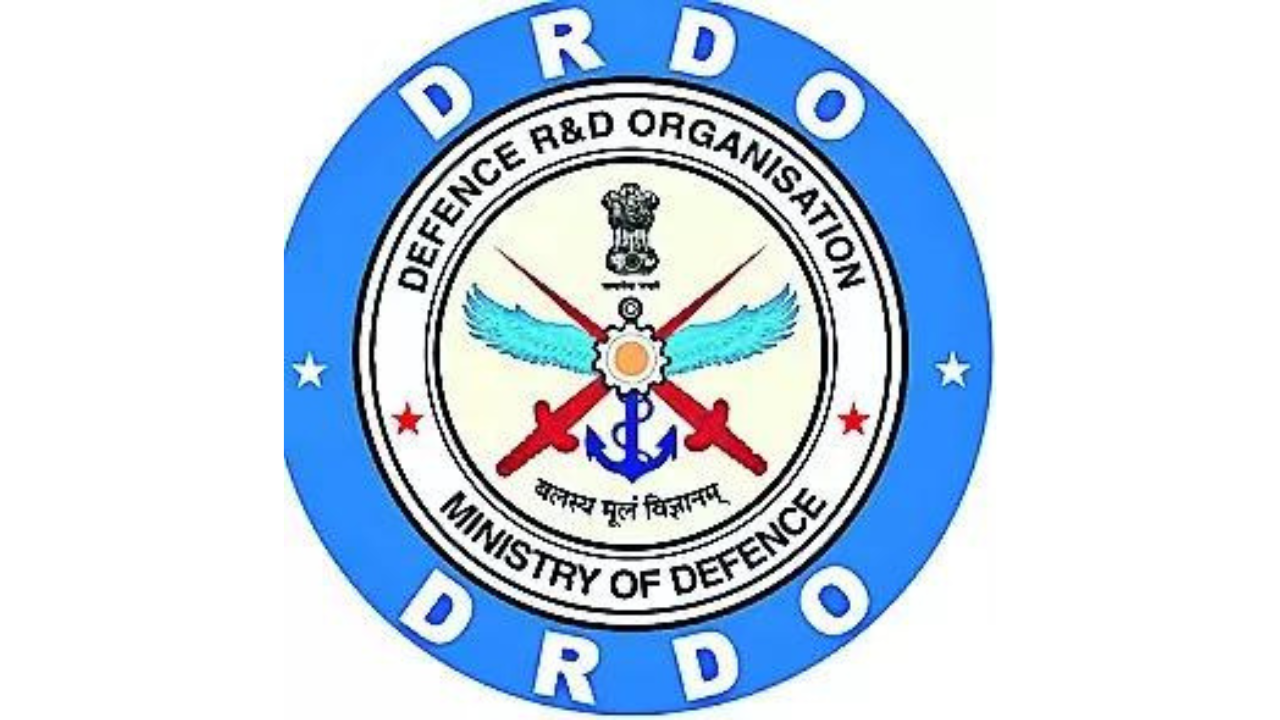India Achieves a Historic Milestone in Hypersonic Missile Technology: A 120-Second Scramjet Engine Test Triumphs!
Get ready to be amazed! India just made a giant leap forward in hypersonic missile technology. The Defence Research and Development Organisation (DRDO) has successfully tested an active cooled combustor of a scramjet engine for a groundbreaking 120 seconds—a feat never before accomplished in the country! This incredible achievement brings us significantly closer to mastering the speed of Mach 5 and beyond. This breakthrough promises to transform India's defense capabilities. Hypersonic missiles travel at speeds exceeding five times the speed of sound, rendering existing defense systems almost useless.
Unlocking the Secrets of Scramjet Engines: The Key to Hypersonic Flight
What exactly makes this achievement so monumental? The answer lies within the marvel of scramjet engines. These incredible engines are air-breathing powerhouses capable of sustaining combustion at supersonic speeds—imagine trying to light a candle in a hurricane! These engines function without any moving parts, which dramatically enhances efficiency and durability. The DRDO's success is not just a technical achievement, it showcases a revolutionary understanding of how to keep these complex engines burning efficiently at phenomenal speeds.
The Challenges of Scramjet Ignition and Stability: Mastering the Supersonic Flame
This success involves a plethora of scientific breakthroughs, demonstrating the team's ingenuity and mastery. The successful ignition of the engine itself was a tremendous triumph, requiring precise control of fuel flow and airflow to maintain a sustained combustion process at extreme speeds. Even the slightest imperfection in airflow could cause the flame to extinguish, and DRDO's team has clearly solved these issues efficiently. The long-lasting test showcased this stability, paving the way for the development of truly effective and efficient hypersonic weaponry.
The Role of Endothermic Scramjet Fuel: A Double Advantage for Hypersonic Flight
Behind this triumph is a uniquely Indian innovation: an indigenous endothermic scramjet fuel. Jointly developed by the DRDO's Defence Research & Development Laboratory (DRDL) and domestic industry partners, this fuel delivers two crucial advantages. First, it provides significant cooling enhancements, managing the extreme temperatures generated by scramjet combustion. Second, it substantially eases the notoriously difficult task of scramjet ignition. This clever advancement significantly accelerates India's development of hypersonic flight capabilities.
The Global Race for Hypersonic Technology: India Takes a Leading Position
The development of hypersonic technology is a global race, with countries such as the US, Russia, and China actively investing in this area. But with the success of the 120-second test of the active cooled combustor, India has firmly established itself as a leader in this technological pursuit. The implications for national defense and international relations are far-reaching. A functioning hypersonic missile system offers India enhanced deterrent capability, strengthening national security. Moreover, this technology showcases India's growing capabilities in advanced aerospace engineering. Such advancements bolster India's standing as a credible player in the global technological arena.
The Strategic Significance of Hypersonic Missiles: Future Implications
Hypersonic weapons systems have revolutionary potential for global defense strategies. Their speeds, combined with the high maneuverability and low flight altitudes, present an unprecedented challenge for traditional air defense systems. Hypersonic missiles are practically impossible to intercept with current technology, which represents a game-changing addition to the defense arsenals around the world. Their unique abilities, in terms of speed and maneuverability, present a major upgrade in terms of potential deployment.
Looking to the Future: The Next Steps in Hypersonic Missile Development
This achievement represents just the beginning of India’s journey into the hypersonic era. The successful 120-second test demonstrates the capability and innovation of DRDO engineers and scientists, who are laying the foundation for a more sophisticated future for defense capabilities. Further development of scramjets and related technology are needed, but the potential that the nation has developed here shows the great strides being made.
From Ground Tests to Flight Tests: The Path to Operational Deployment
While this ground test is a pivotal success, the next steps involve rigorous testing in actual flight conditions. These flight tests will put the scramjet technology through its paces, paving the way towards a fully operational hypersonic missile system. This transition marks the beginning of intensive tests in order to refine the system and pave the way for operational use.
Take Away Points:
- India's DRDO successfully conducted a 120-second ground test of an active cooled scramjet combustor, a major milestone in hypersonic technology.
- This achievement demonstrates India's capability in developing next-generation hypersonic missiles and places it among the world's leading nations in this field.
- The indigenous development of endothermic scramjet fuel significantly enhanced cooling and ease of ignition.
- Future development focuses on transitioning from ground tests to flight tests, paving the way for operational deployment of hypersonic missile systems.









